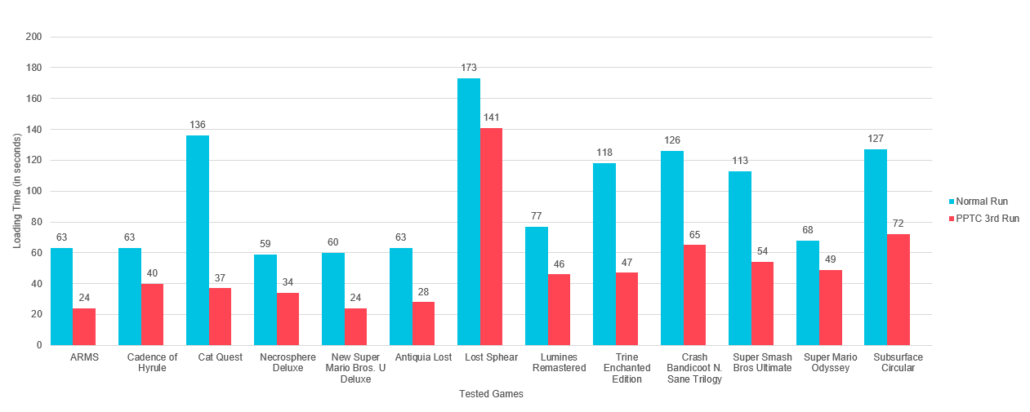China And US Trade: A Race Against Time To Secure Trade Truce Benefits

Table of Contents
Understanding the Current State of US-China Trade Relations
The history of US-China trade relations is marked by periods of cooperation and intense competition. The current tensions stem from a confluence of factors, including persistent trade deficits, concerns over intellectual property theft, and differing approaches to industrial policy. The imposition of tariffs by both countries has significantly disrupted global supply chains and impacted numerous industries.
-
Timeline of significant tariff increases and retaliatory measures: The trade war escalated significantly in 2018 with the US imposing tariffs on hundreds of billions of dollars worth of Chinese goods, leading to retaliatory measures from China. These escalating tariffs have created uncertainty and volatility in the market. Subsequent "Phase One" agreements offered some temporary relief but did not resolve the fundamental issues.
-
Impact on specific industries: Industries like technology, agriculture, and manufacturing have been particularly hard hit. US farmers faced reduced exports to China, while tech companies struggled with supply chain disruptions and increased costs.
-
Role of intellectual property rights in the dispute: The theft of intellectual property has been a major point of contention, with the US accusing China of unfair practices that harm American businesses. This aspect of the dispute remains a significant hurdle to resolving the broader trade issues.
-
Discussion of the "Phase One" trade deal and its limitations: The "Phase One" trade deal, signed in 2020, provided some temporary relief, but it addressed only a fraction of the underlying issues. It did lead to increased purchases of US agricultural products by China, but broader structural issues remain unresolved.
The Urgency for Businesses to Act
The time-sensitive nature of a potential trade truce cannot be overstated. Businesses must act swiftly to capitalize on any improvements in trade relations, as the window of opportunity may be relatively short. Uncertainty surrounding future trade policies adds to the pressure.
-
Risks of delayed decision-making: Procrastination can lead to lost opportunities, increased costs, and a diminished competitive advantage. Companies that fail to adapt risk being left behind.
-
Importance of proactive risk assessment and mitigation strategies: Businesses must conduct thorough risk assessments to identify potential vulnerabilities in their supply chains and develop mitigation strategies to minimize disruptions. This includes scenario planning for various outcomes of ongoing trade negotiations.
-
Need for flexibility and adaptability in supply chain management: Companies need flexible and adaptable supply chains to respond quickly to changes in trade policies and market conditions. This could involve diversifying sourcing and manufacturing locations.
-
Opportunities for businesses that adapt quickly: Those companies that proactively adapt their strategies will be best positioned to capitalize on the opportunities presented by a potential trade truce. This includes companies that invest in technology, innovation, and strategic partnerships.
Strategies for Securing Trade Truce Benefits
Capitalizing on improved trade relations requires a proactive, multi-faceted approach. Businesses should prioritize risk management, diversification, and strategic partnerships.
-
Diversifying supply chains beyond China/US: Reducing reliance on a single country for sourcing or manufacturing is crucial to mitigate future risks associated with trade disputes. Diversification across multiple geographies is essential.
-
Investing in technology and automation to reduce reliance on specific markets: Investing in automation and advanced technologies can help reduce dependence on specific markets and increase efficiency. This enhances resilience in the face of trade uncertainties.
-
Exploring new market access opportunities in both countries: Improved trade relations could unlock new market access opportunities in both the US and China. Businesses should be prepared to explore these new avenues.
-
Strengthening relationships with key stakeholders in both countries: Building strong relationships with government officials, industry associations, and business partners in both countries is crucial for navigating the complexities of international trade.
-
Implementing robust compliance programs to meet changing regulations: Staying informed about and complying with evolving trade regulations is essential to avoid penalties and maintain a smooth operation.
Negotiating Favorable Trade Agreements
Successfully navigating the intricacies of international trade requires expertise. Skilled negotiators and legal counsel are essential.
-
Importance of understanding cultural differences in negotiations: Cross-cultural awareness and sensitivity are crucial for successful negotiations. Understanding different communication styles and business practices is essential.
-
Strategies for building trust and establishing long-term partnerships: Building trust and establishing long-term partnerships requires open communication, mutual respect, and a commitment to collaboration.
-
Utilizing trade agreements and dispute resolution mechanisms effectively: Familiarity with existing trade agreements and dispute resolution mechanisms is essential for protecting business interests.
Conclusion
The evolving relationship between China and the US presents both challenges and opportunities for businesses worldwide. Securing the benefits of any trade truce requires a proactive and strategic approach, focusing on adaptability, diversification, and effective risk management. The window of opportunity to capitalize on improvements in trade relations is narrow, emphasizing the need for immediate action. Understanding the intricacies of China and US trade relations and adapting proactively is key to success.
Call to Action: Don't miss out on the potential benefits of a US-China trade truce. Develop a comprehensive strategy today to navigate this dynamic landscape and secure your share of the opportunities in this crucial period of China and US trade relations. Proactive planning for China and US trade benefits is essential to thrive in this uncertain environment.

Featured Posts
-
 Le Destin De Marine Le Pen Une Decision Judiciaire Cruciale
May 26, 2025
Le Destin De Marine Le Pen Une Decision Judiciaire Cruciale
May 26, 2025 -
 What Constitutes A Flash Flood Emergency A Detailed Explanation
May 26, 2025
What Constitutes A Flash Flood Emergency A Detailed Explanation
May 26, 2025 -
 Analyzing The Relationships Of Michael Schumacher With Other F1 Drivers
May 26, 2025
Analyzing The Relationships Of Michael Schumacher With Other F1 Drivers
May 26, 2025 -
 Nonton Live Streaming Moto Gp Argentina 2025 Balapan Dini Hari
May 26, 2025
Nonton Live Streaming Moto Gp Argentina 2025 Balapan Dini Hari
May 26, 2025 -
 Nintendo Action Forces Ryujinx Switch Emulator To Cease Development
May 26, 2025
Nintendo Action Forces Ryujinx Switch Emulator To Cease Development
May 26, 2025
